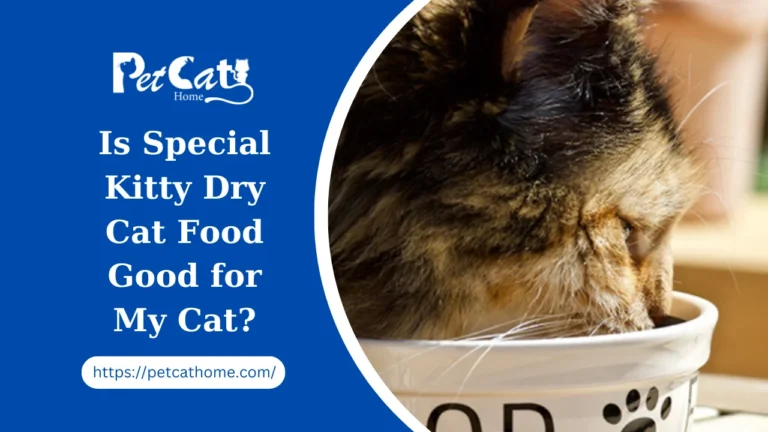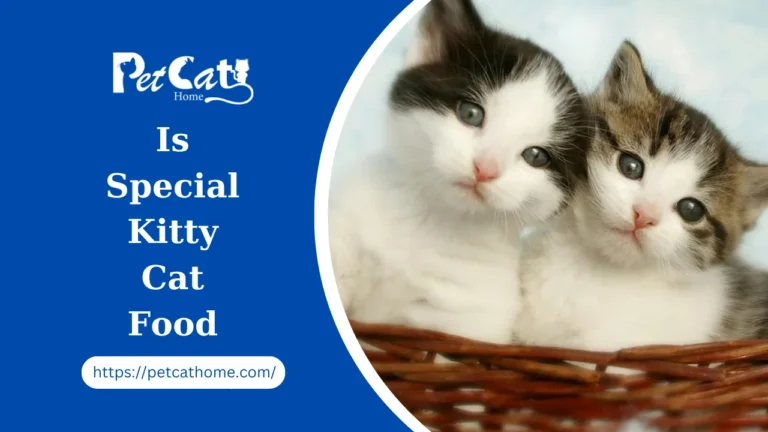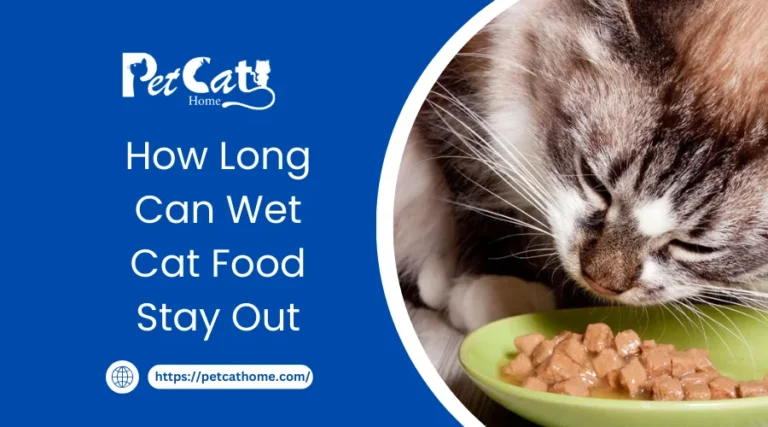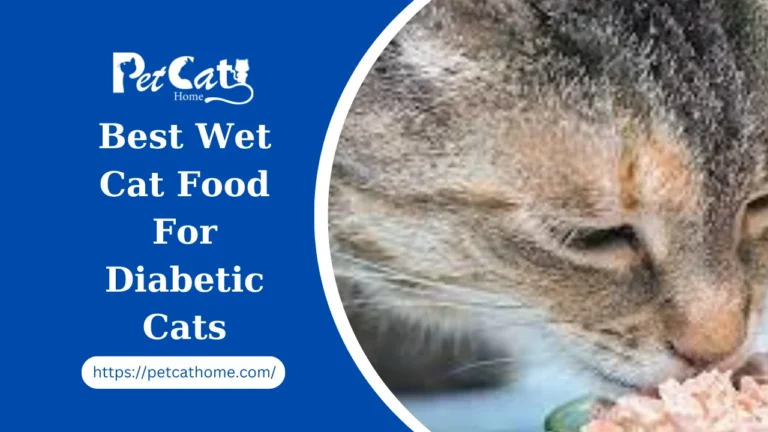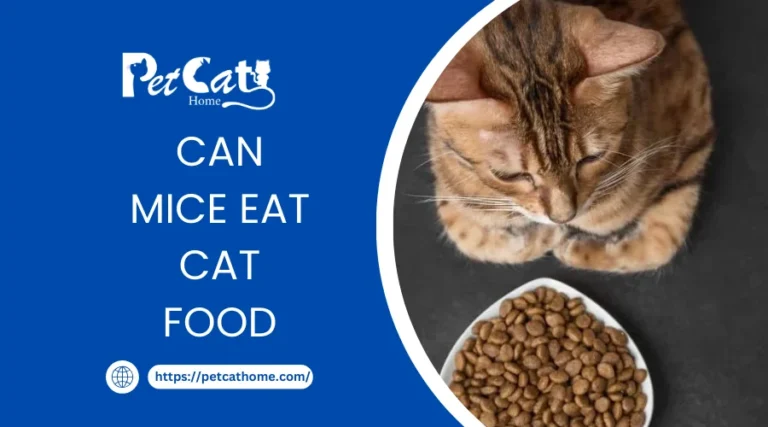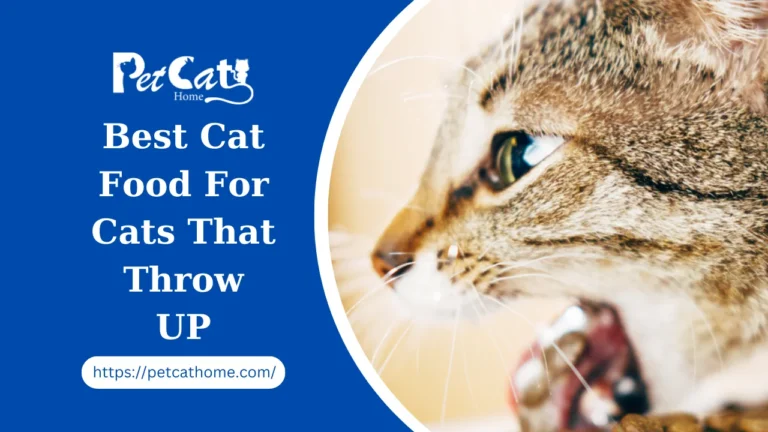Best Cat Food For Hairball Control
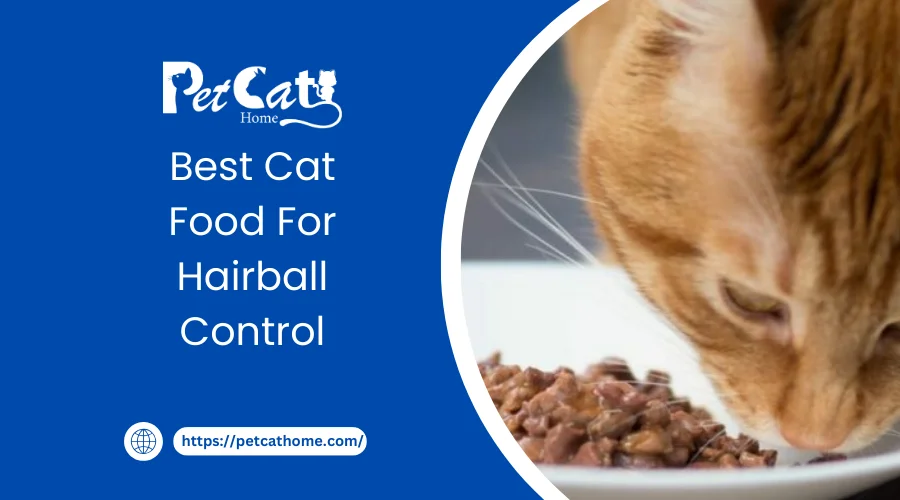
When it comes to pet care, cat owners know how important it is to give their furry friends a balanced diet. Controlling hairballs is one of the frequent worries that cat parents have. Although they are a normal occurrence, cats may experience pain and even health problems as a result of hairballs. This is when choosing the appropriate cat food becomes very important. We’ll explore the nuances of selecting the finest cat chow for hairball control in this extensive article.
Prior to getting too technical about cat food, it’s important to know how hairballs arise. Due to their rigorous grooming habits, cats consume a substantial amount of fur when doing their grooming. A hairball can form in the stomach from some hair accumulation, even though the majority of hair moves through the digestive system without any problems. These hairballs can cause vomiting, constipation, or even obstructions in the intestines if they are not properly managed.
Key Ingredients to Look For
It’s important to give top priority to elements that support digestive health and reduce the creation of hairballs when choosing cat food to fight hairballs. The following are essential components to seek out:
1. High-Quality Protein Sources
For cats to have a healthy coat and to be in general better health, they need protein. Seek out cat food that contains high-quality sources of protein, such fish, poultry, or turkey. These proteins help to minimise the creation of hairballs by promoting muscle growth and lowering shedding.
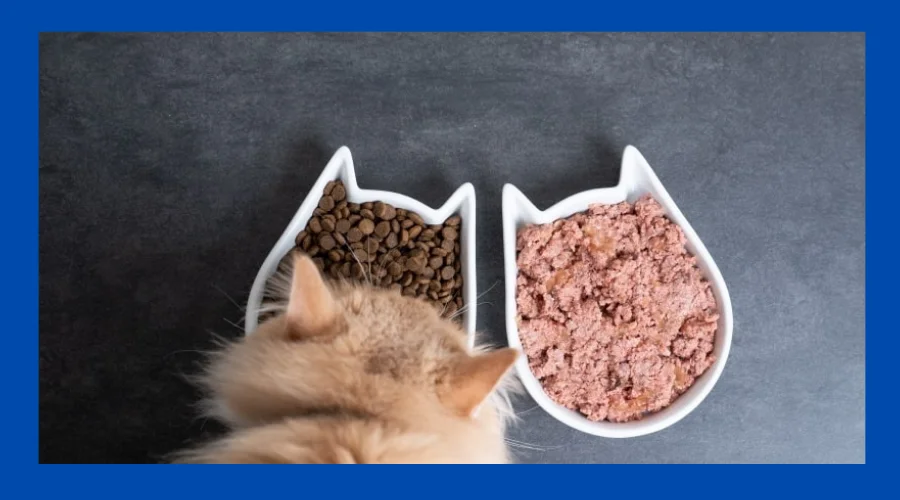
2. Fiber-Rich Ingredients
Fibre is essential for supporting digestive health and facilitating hair transit through the digestive system. Choose cat food that has high-fiber components, such as veggies, brown grains or oatmeal. These components aid in controlling bowel motions and avoiding the formation of hairballs in the stomach.
3. Omega-3 and Omega-6 Fatty Acids
Including omega-3 and omega-6 fatty acids in your cat’s diet can help keep their skin and coat healthy, which can lessen excessive shedding and the development of hairballs. Seek for cat food that has flaxseed or fish oil, two sources of these important fatty acids.
Wet vs. Dry Cat Food
Wet and dry cat food can both be useful in the management of hairballs. But each kind has advantages and disadvantages of its own:
Wet Cat Food
- Moisture Content: Because wet cat food has more moisture, it can help your cat stay hydrated and maintain good urinary system health.
- Taste: Wet cat food is more appetising to many cats, which makes it a great option for finicky eaters.
- Portion Control: Wet cat food may make it simpler to regulate portion amounts, which is advantageous for maintaining a healthy weight.
Dry Cat Food
- Convenience: Dry cat food is an excellent choice for time-pressed pet owners because it is easy to store and serve.
- Dental Health: By lowering plaque and tartar accumulation, the crunchy texture of dry cat food can aid in the promotion of dental health.
- Cost-Effective: Some pet owners choose dry cat food over wet cat food since it is typically less expensive.
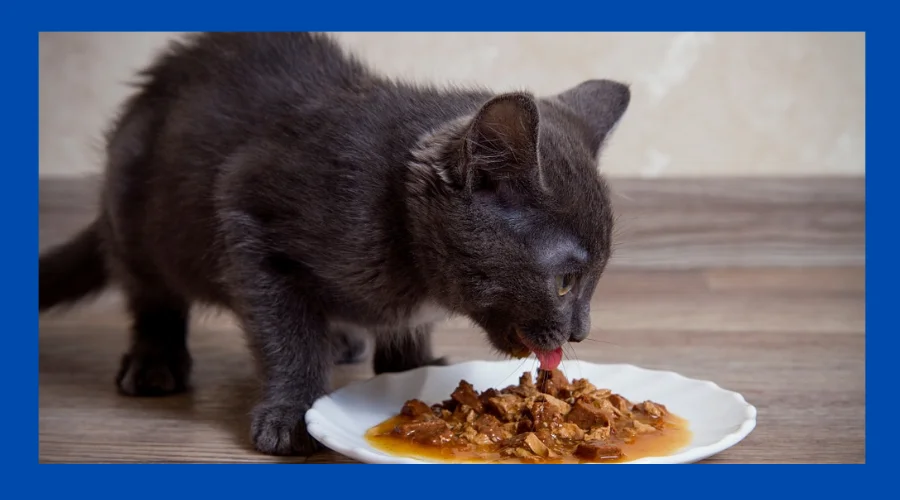
The choice between wet and dry cat food ultimately comes down to your cat’s nutritional requirements and preferences. For the best hairball control, some cat owners could decide to combine the two varieties in their cat’s diet.
Additional Tips for Hairball Prevention
Apart from choosing the appropriate cat food, there are various other strategies that you may implement to reduce the likelihood of your feline companion developing hairballs:
- Frequent Grooming: Brushing your cat on a regular basis helps to reduce the amount of hair consumed during grooming sessions by preventing excessive shedding and removing loose fur.
- Hairball Remedies: To help your cat with hairball digestion and elimination, think about adding supplements or treats to their diet.
- Hydration: To help maintain appropriate hydration levels and ease the transit of hair through the digestive tract, make sure your cat always has access to clean water.
Choosing the Best Cat Food Brands for Hairball Control
After talking about the components and factors that are crucial for controlling hairballs, let’s look at some of the top cat food companies that are well-known for taking care of this particular issue:
1. Royal Canin Hairball Care
The well-known brand in pet nutrition, Royal Canin, makes a mix called Hairball Care that is especially made to assist cats in controlling the creation of hairballs. A carefully balanced combination of fibres in this cat food helps to promote a healthy digestive system and make it easier for hair to move through the digestive tract.
2. Hill’s Science Diet Hairball Control
A variety of cat food formulae, including one for hairball control, are available from Hill’s Science Diet. Natural fibres and omega fatty acids are used in their Hairball Control recipe to support healthy digestion and lessen the development of hairballs.
3. Blue Buffalo Indoor Hairball Control
High-quality, natural ingredients are a hallmark of Blue Buffalo products, and their Indoor Hairball Control recipe is no exception. To promote digestive health and reduce hairballs, this cat food is made with a combination of high-fiber ingredients like brown rice and barley and protein sources like chicken and fish.
4. Purina ONE Hairball Formula
Purina ONE provides a cat food called Hairball Formula that is designed especially to lessen the development of hairballs and enhance general health in cats. In order to minimise hairball-related problems and promote digestive health, this formula includes a combination of vital minerals and fibre sources.
5. Wellness Complete Health Hairball Control
In order to promote digestive health and lessen the creation of hairballs, Wellness Complete Health provides a Hairball Control formula made with natural ingredients and balanced nutrition. The combination of fiber-rich ingredients and important fatty acids in this cat chow supports the best possible gastrointestinal health.
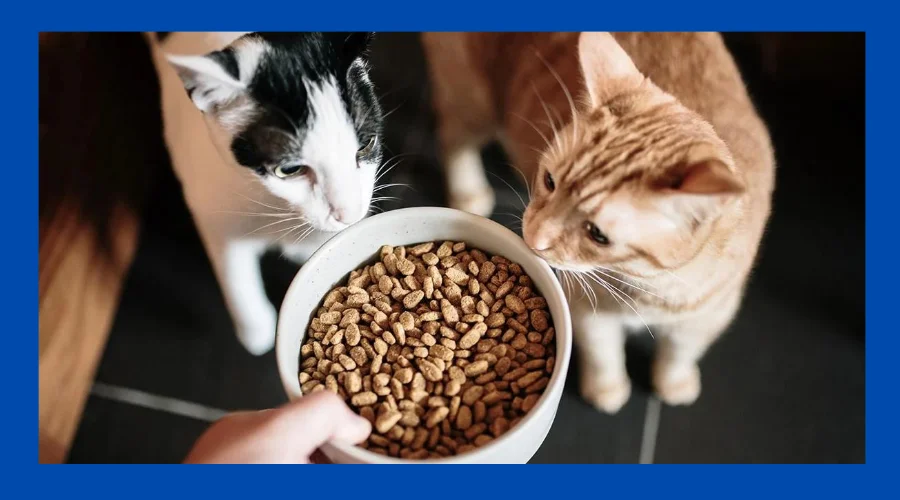
Hairball Control Cat Food – How To Tenaciously Ward Off Your Cat’s Hairball Blues For Good!
Have you ever wondered what your cat swallows when it grooms itself by licking itself? A cat hairball, as disgusting as it sounds, is a collection of nasty dead hair and digestive fluids that forms inside. Despite what is commonly believed, a cat’s natural method of getting rid of hair that gets lodged in her stomach is by coughing up hairballs. Cats with excellent housekeeping habits also produce hairballs. Nevertheless, a sizable clump of hair that has been swallowed could obstruct its digestive system and be fatal.
And now for your cat’s hairball problems: what is the greatest hairball cure? The proper diet and nutritional requirements are required in this condition. For instance, a diet high in fibre, like
pumpkin, or tiny pieces of fruits and vegetables like apples, carrots, or sweet potatoes as hairball management cat food.
Research has indicated that feeding cats based on their hairball issues can enhance their overall health. So continue reading our list of the Best Hairball Control Cat Food To Help With Digestion if your cat is always throwing up or making a bothersome hacking noise!
How do you know if your cat has a hairball blockage?
Your cat is far away and you can hear it getting rid of a hairball. However unsettling, hacking, gagging, and retching are some common symptoms of hairballs. For instance, a cat that is coughing and vomiting simultaneously, as though it is forcing air out of its lungs to clean its airways, can make a bothersome noise.
You should get in touch with your veterinarian right once if you experience any of the following hairball symptoms:
Frequent vomiting: One of the most frequent reasons people throw up is hairballs. Additionally, you may witness your cat acting normally despite puking up food. One sort of cat vomit, for instance, is the vomiting of yellow liquid. But vomiting right away after eating can also indicate that your cat takes food too quickly or that it has an allergy to dry food rather than canned.
Pain and discomfort in the abdomen-If your cat swallows a hairball, they may have pain or discomfort in the abdomen. This is due to the possibility that it will result in an intestinal blockage, which could pose a major health risk to your cat. For instance, your cat will be rolling around on the ground and writhing in agony.
Lethargy: Cats are often energetic animals who love to prowl and prance around.That hairball in its gut could be the reason behind its constant fatigue and sluggishness.
Constipation: Occasionally, you could notice your cat isn’t eating. Constipation is most likely to blame for this.
Diarrhoea: Your cat may have diarrhoea more than a few times a day, to the point where its body weakens and wears out.
Best cat food for hairballs and vomiting
Increased fibre content: A regular and healthy digestive system depends on fibre. As a result, you can select a high-fiber cat food to aid in better digestion and help your cat pass hairballs rather than throw up.
Enhanced Moisture Level: Because of their feline characteristics, many cats are not very eager to drink H20. They become dehydrated as a result, which makes their stomach problems worse. You can help your cat’s digestion by adding more moisture to its food in order to counteract this. Add bone broth for cats to your cat’s food; they will gobble it up and it will aid in the cat’s digestive tract passing ingested hair.
Digestible Ingredients: Selecting a cat food that has more liquid and less solid matter takes time.
fibre that contains indigestible or low-quality ingredients and may upset your cat’s tummy. Select a cat food that has an emphasis on high-quality animal protein, often known as easily digested carbs.
Eliminated Artificial Additives For your cat, artificial flavours, colours, and preservatives have no nutritional benefit. Furthermore, they obstruct your cat’s digestive system. Thus, make sure your cat is fed the freshest, least processed food possible.
What ingredients in cat food helps with hairballs?
Diets that are hypoallergenic: These diets are high in nutrition without causing allergy symptoms. It also makes your cat’s coat shine and helps lessen hairballs and vomit.
High-fiber cat food can help control hairballs: When searching for cat food, seek for something with a high fibre content. Fibre facilitates better intestinal health.
Hairball control treats: Due to the presence of certain enzymes that prevent the formation of hairballs, these treats have a high fibre content.
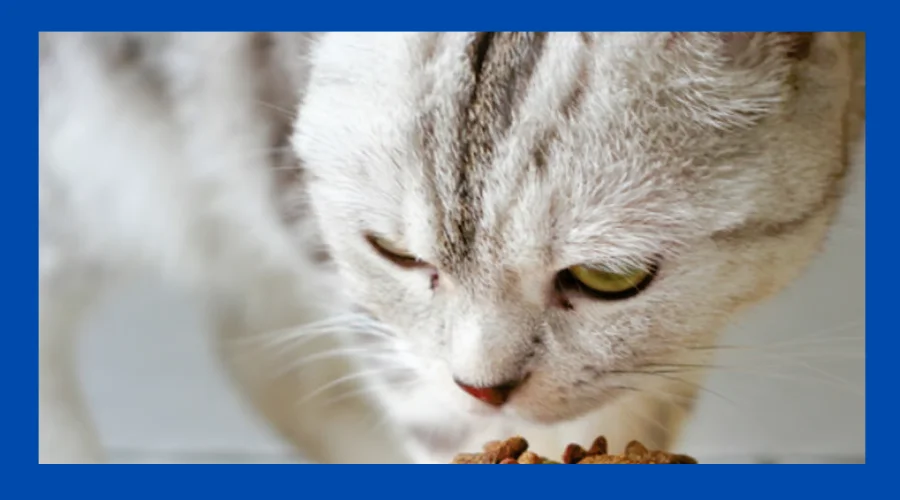
Does wet food help with hairballs?
Indeed, they do. Because wet food is easier to digest and moves through the body rapidly, preventing hair from having time to ball up, it helps hair travel through the tract. As a result, cats who only eat wet food will experience less hairballs.
Research indicates that some canned wet food may benefit your cat’s urinary system overall in addition to helping to lessen hairballs. This meal is excellent for your cat’s general health because it has a balanced blend of vitamins, minerals, and amino acids, in addition to being produced with natural, healthy ingredients.
Best Cat Food For Hairball Control
FAQs
How can I tell if my cat has balls of fur?
Frequent vomiting, coughing or gagging, constipation, lack of appetite, and tiredness are typical symptoms of hairballs in cats. It is imperative that you speak with your veterinarian for an accurate diagnosis and course of treatment if you observe any of these symptoms in your cat.
Can hairball management cat food help all cats?
While many cats can benefit from hairball management cat food, not all cats may need it. Hairball management cat food may be beneficial for cats with long hair or those who groom themselves excessively, as they may be more prone to developing hairballs. To find out if a certain formula is appropriate for your cat’s particular needs, it’s best to speak with your veterinarian.
How often should I give cat food designed to prevent hairballs?
The age, weight, activity level, and general health of your cat all affect how frequently you feed them hairball control cat food. Generally speaking, it’s advised to adhere to the feeding recommendations given by the cat food manufacturer and modify portions in accordance with your cat’s specific requirements. The ideal feeding regimen for your cat can also be determined by speaking with your veterinarian.
Is it possible to feed my cat hairball control treats rather than a particular diet to help with hairballs?
While hairball control treats can be a practical addition to your cat’s diet, their effectiveness might not match that of a cat food formula designed specifically with hairball management in mind. Fibre and omega fatty acids are frequently used in the formulation of these treats in an effort to lessen the development of hairballs. Adding treats and cat food together, though, might have even more advantages for hairball prevention.
Are there any natural solutions available for reducing feline hairballs?
Some cat owners choose to treat their feline friends’ hairballs using natural methods. Examples include coconut oil, which may help lubricate the digestive system, and pumpkin puree, which can help control bowel motions and facilitate the passage of hair through the digestive track. Before adding any additional nutrients or medications to your cat’s diet, you must, however, speak with your veterinarian.
Conclusion
Choosing the appropriate cat food is essential for managing hairballs in cats. High-quality elements like protein, fibre, and vital fatty acids should be given priority if you want to reduce the development of hairballs and improve your cat’s digestive system overall. Further supporting hairball control attempts can be the frequent grooming and preventive measures that are incorporated.
Prior to making any big dietary or routine changes for your cat, always check with your veterinarian, particularly if your cat has any underlying medical issues or dietary sensitivities. You can help your cat live a happy, healthy life free from the discomfort of hairballs with the right nutrition and care.
